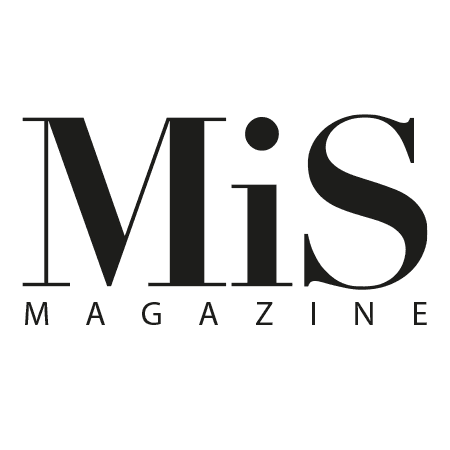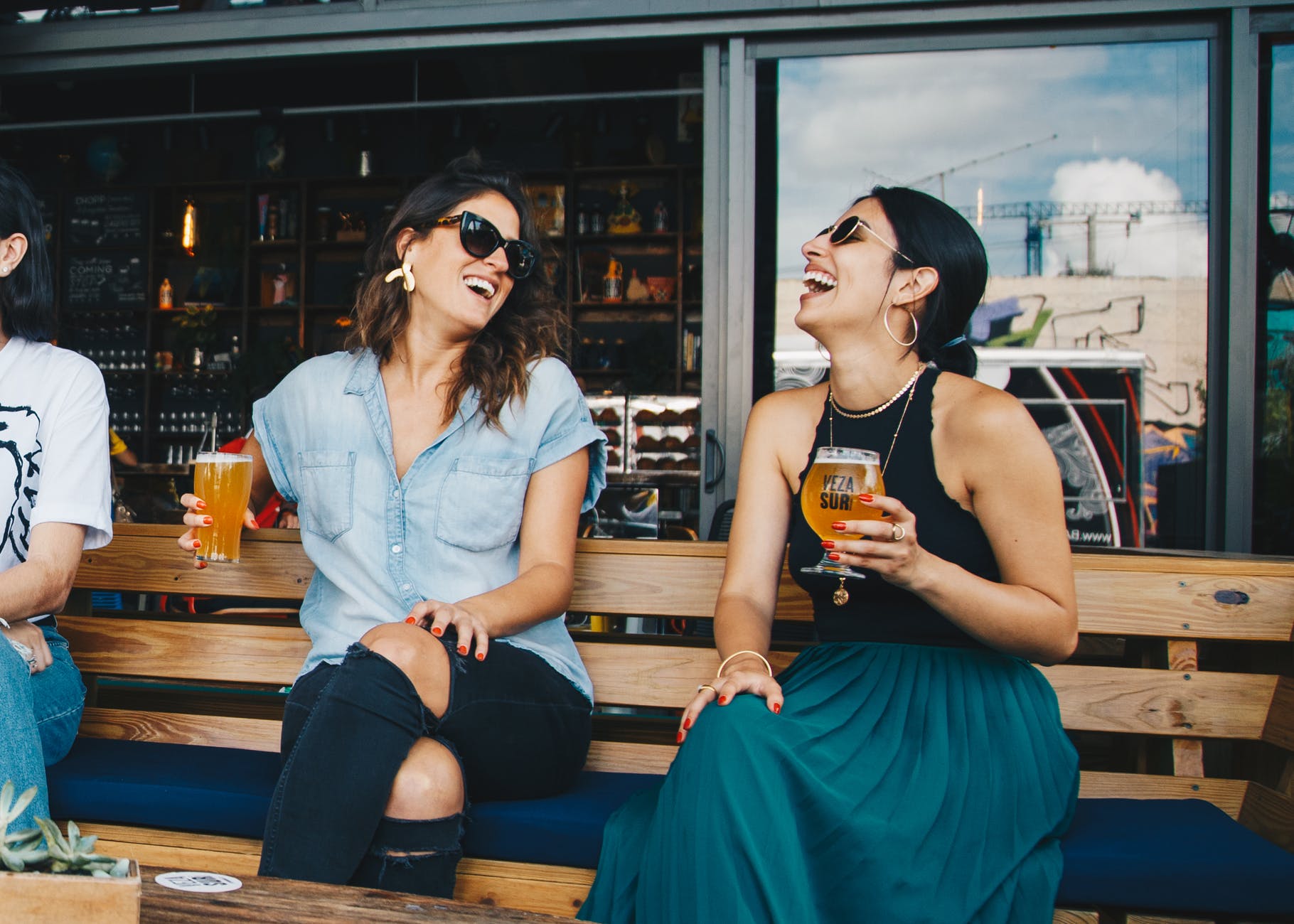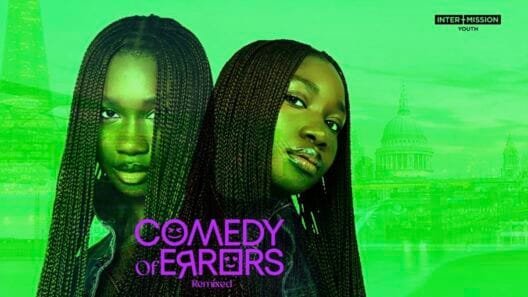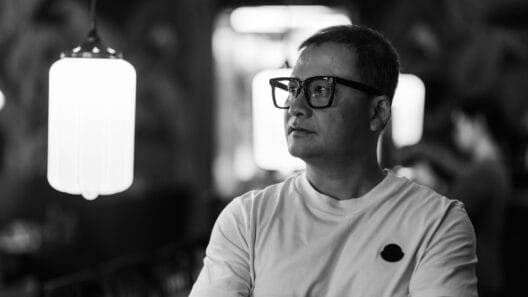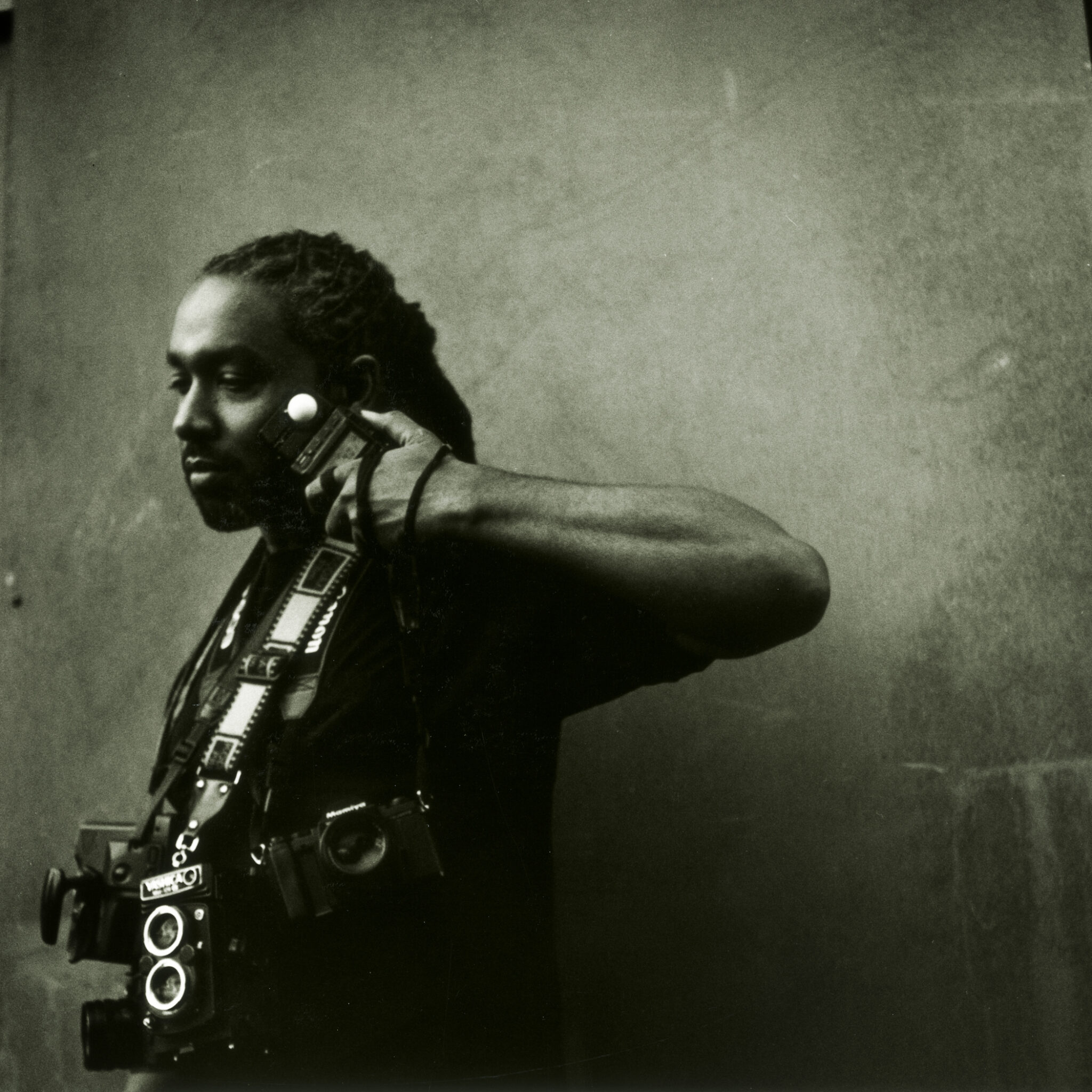Eddie Otchere is best known for his photographs of the seminal rappers and DJs of the mid 1990s and early noughties. His celebrated works include portraits of Biggie Smalls, Blackstar (Mos Def & Thalib Kweli) So Solid Crew, Est’elle, Goldie, Omar and many others, as well as his official coverage of the Metalheadz: Blue Note sessions 1994 -1996. Since 1993 Otchere’s photographs have been exhibited and published worldwide, including on the covers of major international magazines such as Urb, Lodown and Mixmag and on the covers of some of rap music’s seminal albums.
E: I first discovered the magic of photography at 14. My mate inherited his grand dad’s soviet camera and in order to see what it could do we ran a few rolls of film through it. This was the summer of 88 and we where in the midst of the golden age of Hip Hop. Deeply enthused by the power to record and create imagery of my environment and my passions, those first images where of my trainers, my mates and myself in a b-boy stance. It was Hip Hop culture that made want to pursue a calling in photography. It was the entirety of the movement, the fashion, the style the energy, the lyricists, the djs, the club’s, the life and with the icons that would command the mic with living poetry. In my dreams I saw myself building beats, I would buy records I knew I could sample and acquire the records of the illest to ever go hard on mic. My collection reflects my love for digging and Hip Hop related cuts and with those aquisitions you acquire the contact info and ultimately I’d pick the phone, call the offices of the labels in the states and offer my services.
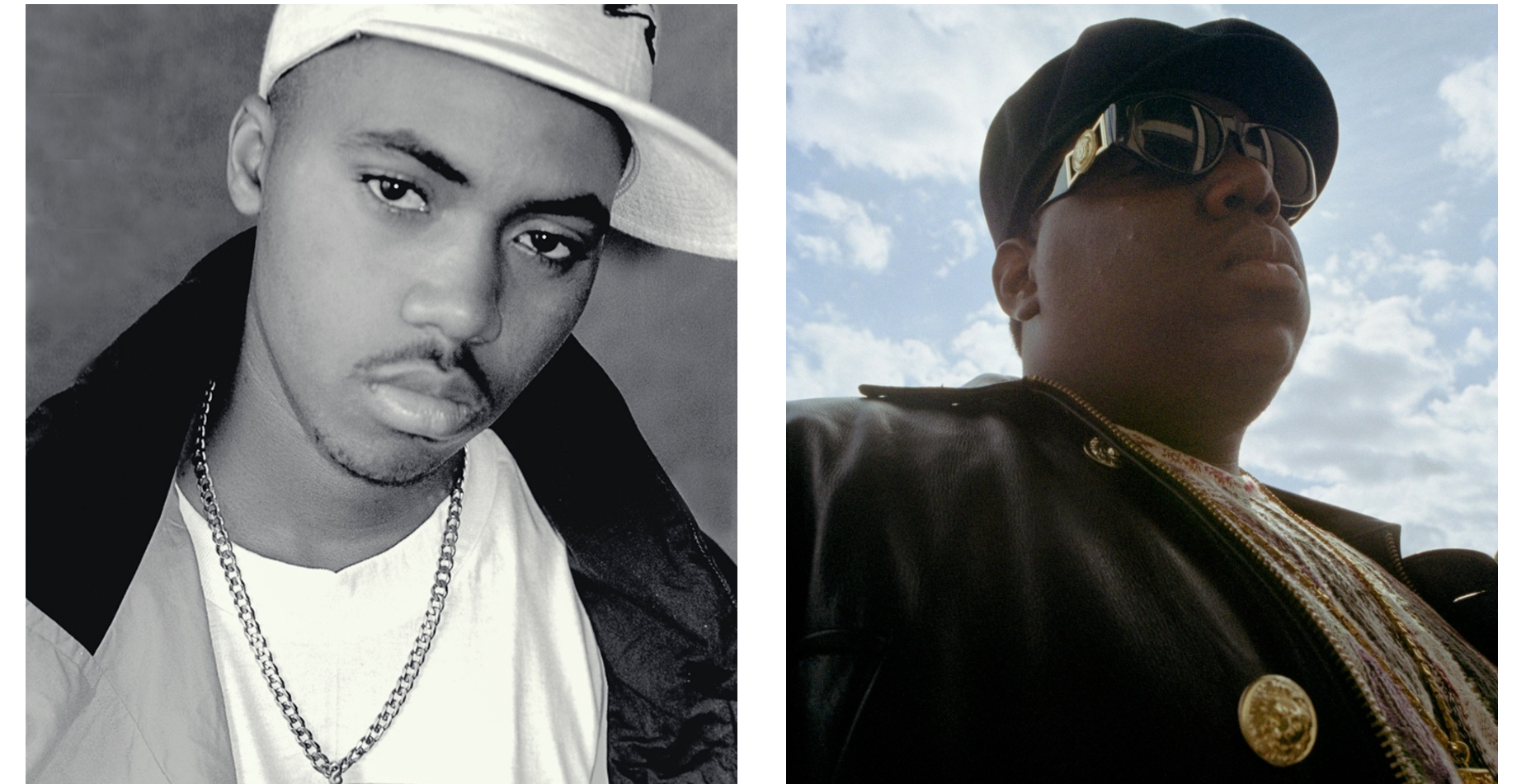
E: Currently working on a new exhibit in Brixton in 2019. Developing some innovative learning programmes for young photographers and a care home for aged photographers. Although the care home idea has been put on hold because of Brexit. I had hoped to secure a space in Paris and exploit the French’s generous social security support, their love of photography and amazing carers from the French West Indies but regardless, aged photographers need love, support and high end scanners.
